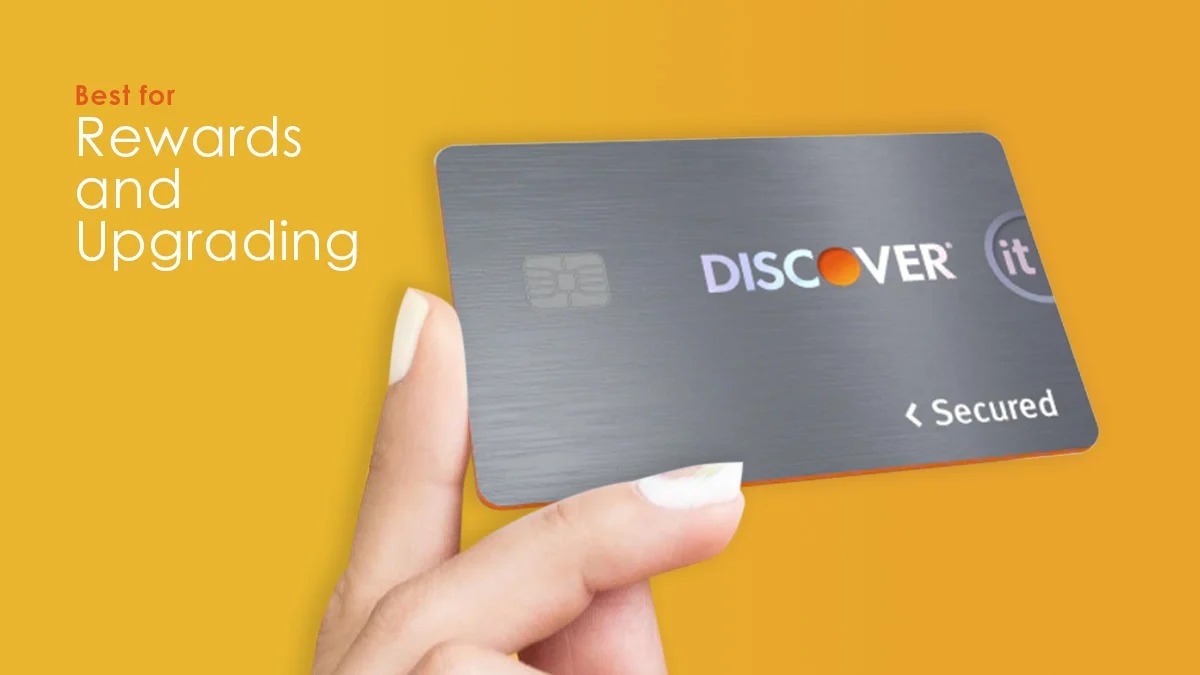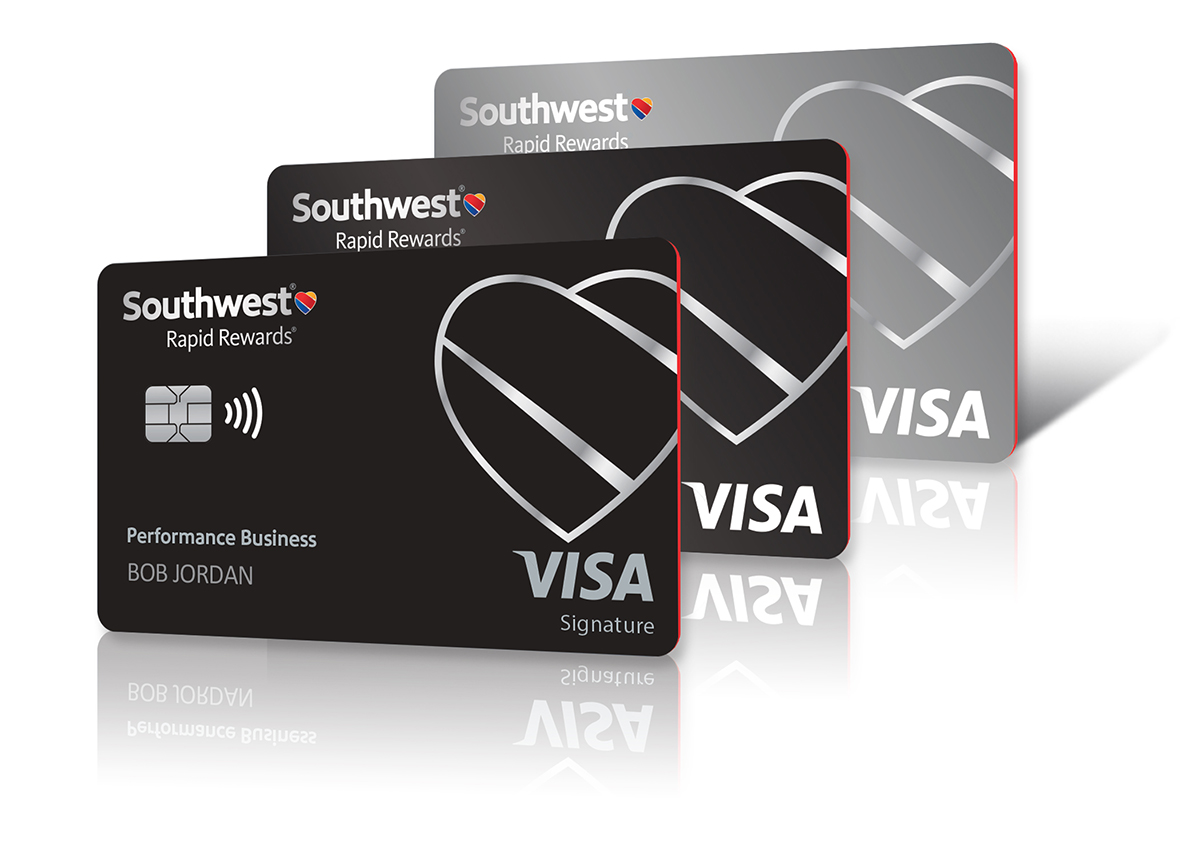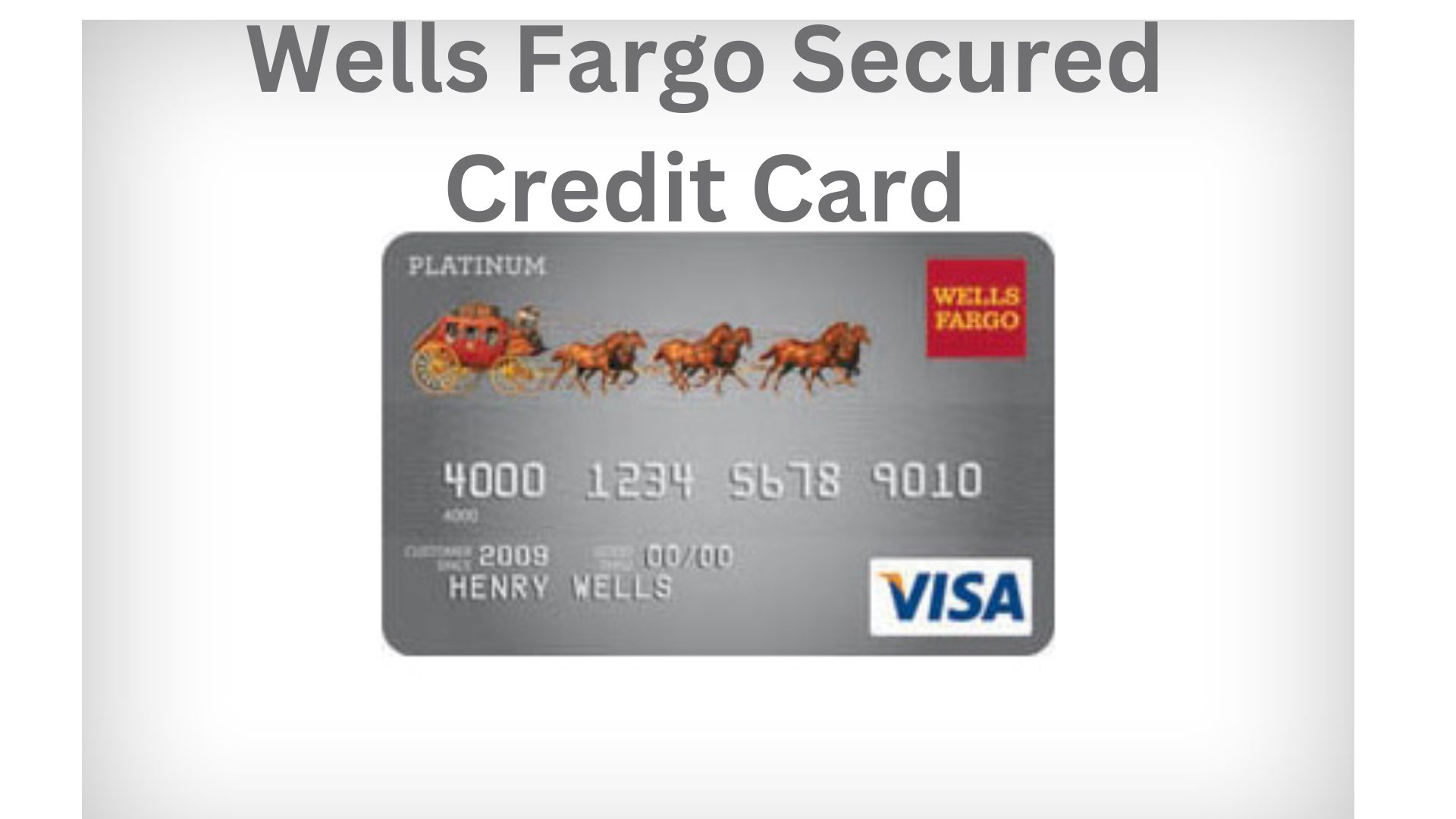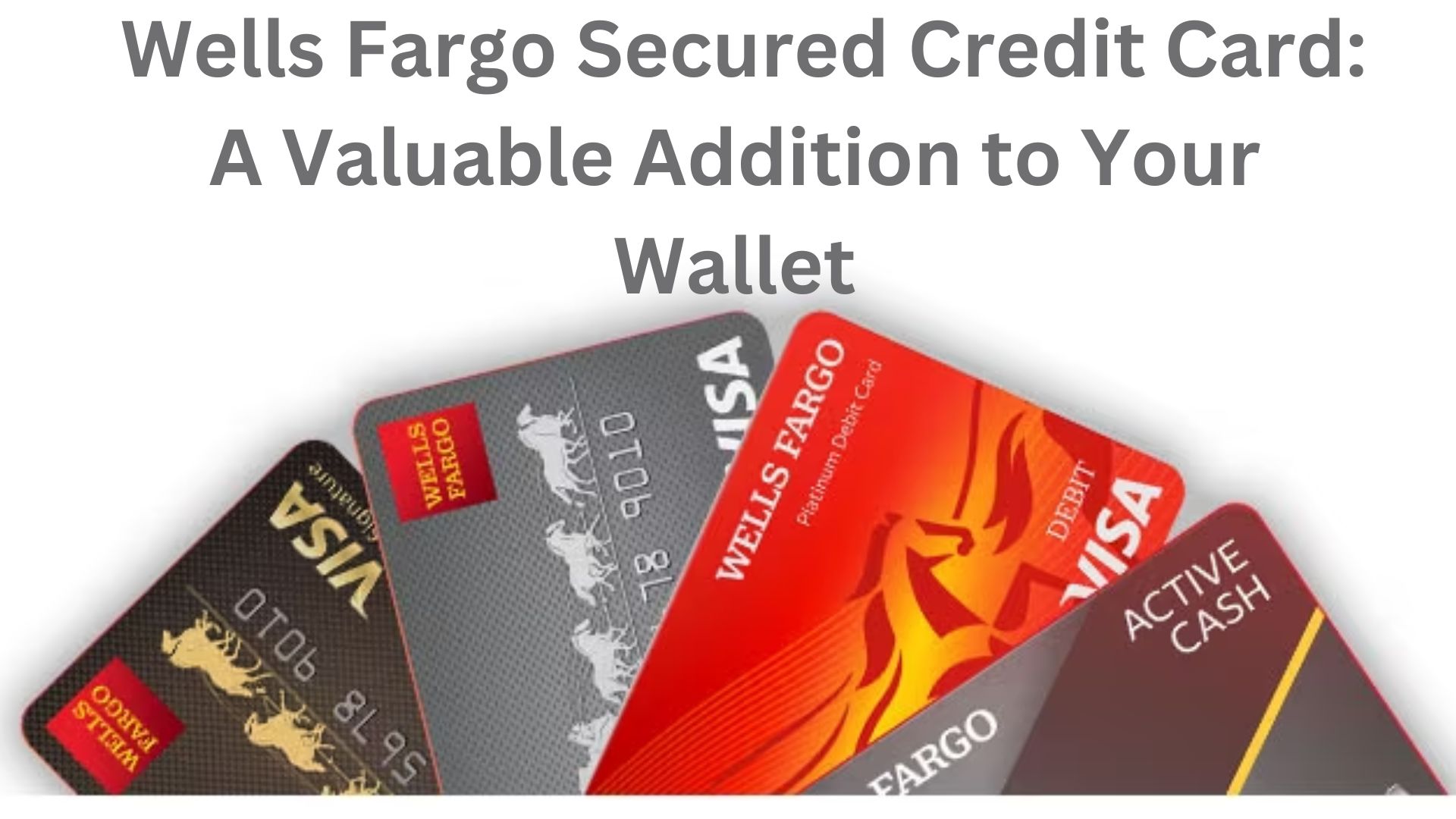

Finance
How To Upgrade From A Secured Card
Published: March 1, 2024
Learn how to upgrade from a secured card and improve your finances. Discover the steps to take for a successful transition to an unsecured credit card.
(Many of the links in this article redirect to a specific reviewed product. Your purchase of these products through affiliate links helps to generate commission for LiveWell, at no extra cost. Learn more)
Table of Contents
Introduction
Secured credit cards are a valuable tool for individuals looking to build or rebuild their credit history. They require a security deposit, which serves as collateral and minimizes the risk for the card issuer. While these cards offer a pathway to establishing or repairing credit, many cardholders ultimately aspire to transition to unsecured credit cards. Upgrading from a secured card to an unsecured one signifies a significant milestone in one's financial journey and can open the door to enhanced credit opportunities.
This article aims to guide individuals through the process of upgrading from a secured credit card to an unsecured one. It will delve into the essential factors to consider before making this transition, the steps involved in upgrading, and best practices for managing upgraded credit cards. Understanding the nuances of this process is crucial for those seeking to maximize their credit-building efforts and access the benefits associated with traditional credit cards.
Embarking on the journey from a secured card to an unsecured one requires careful consideration and strategic planning. By navigating this transition effectively, individuals can position themselves for improved financial flexibility and increased access to credit. Let's explore the intricacies of upgrading from a secured card and the steps involved in achieving this pivotal financial milestone.
Understanding Secured Cards
Secured credit cards are designed for individuals with limited or damaged credit history. Unlike traditional unsecured credit cards, secured cards require a cash deposit as collateral, which typically determines the card’s credit limit. This security deposit mitigates the risk for the card issuer, making it easier for individuals with less-than-ideal credit profiles to qualify for these cards.
One of the key advantages of secured credit cards is their ability to help individuals establish or rebuild their credit. By using a secured card responsibly and making timely payments, cardholders can demonstrate creditworthiness and improve their credit scores over time. This can be particularly beneficial for individuals who are new to credit or are recovering from past financial challenges.
It’s important to note that while secured cards require a deposit, they function similarly to traditional credit cards. Cardholders can make purchases, pay bills, and build credit just as they would with an unsecured card. Additionally, many secured card issuers report cardholders’ payment activity to the major credit bureaus, further contributing to the establishment of a positive credit history.
Despite their benefits, secured cards often come with certain limitations, such as higher interest rates and annual fees. Additionally, the deposit tied to a secured card is not used to cover monthly payments; it remains untouched unless the cardholder defaults on the account. Understanding these nuances is crucial for individuals considering an upgrade to an unsecured credit card.
Overall, secured credit cards serve as a valuable stepping stone for individuals aiming to improve their credit standing. They provide a practical means of accessing credit while working toward financial stability and increased creditworthiness. As individuals become familiar with the responsibilities and advantages of using a secured card, they can set the stage for a successful transition to unsecured credit in the future.
Factors to Consider Before Upgrading
Before embarking on the journey to upgrade from a secured credit card to an unsecured one, it’s essential to consider several key factors that can influence this transition. Understanding these factors can help individuals make informed decisions and navigate the upgrade process effectively.
- Credit History and Score: Assessing one’s credit history and score is paramount before considering an upgrade. Individuals should strive to build a positive credit history and maintain a credit score that aligns with the requirements for unsecured credit cards. Monitoring credit reports and scores can provide insights into eligibility for unsecured cards.
- Financial Stability: Evaluating financial stability is crucial, as it directly impacts the ability to manage an unsecured credit card. Factors such as steady income, manageable debt levels, and a history of responsible financial behavior contribute to a solid foundation for handling unsecured credit.
- Secured Card Performance: Reflecting on the experience with the secured card is essential. Consistently making on-time payments, keeping credit utilization low, and managing the secured card responsibly demonstrate readiness for an upgrade.
- Upgrade Options: Researching potential upgrade options and understanding the criteria set by card issuers is vital. Some issuers offer automatic upgrades after a certain period of responsible card usage, while others may require a formal request for consideration.
- Fee Structure and Benefits: Comparing the fee structures, interest rates, and benefits of potential unsecured cards is essential. Understanding the costs and perks associated with unsecured cards can help individuals select the most suitable option for their financial needs.
By carefully evaluating these factors, individuals can gain clarity on their readiness for an upgrade and make informed choices regarding the transition from a secured credit card to an unsecured one. This thoughtful approach sets the stage for a successful and rewarding upgrade experience, positioning individuals for enhanced financial opportunities and credit growth.
Steps to Upgrade from a Secured Card
Transitioning from a secured credit card to an unsecured one involves a series of strategic steps aimed at securing a more traditional credit card while maximizing credit-building efforts. Understanding and following these steps can streamline the upgrade process and increase the likelihood of a successful transition.
- Review Credit Standing: Before initiating the upgrade process, it’s crucial to review one’s credit standing, including credit reports and scores. This provides insights into eligibility for unsecured cards and helps identify areas for improvement.
- Communicate with the Card Issuer: Reach out to the secured card issuer to inquire about potential upgrade options. Some issuers may offer automatic upgrades after a period of responsible card usage, while others may require a formal request for consideration.
- Explore Upgrade Criteria: Understand the specific criteria set by the issuer for upgrading to an unsecured card. This may include a minimum credit score, a history of on-time payments, and a demonstrated ability to manage credit responsibly.
- Consider a New Unsecured Card: Research and compare unsecured credit card options from various issuers. Assess their fee structures, interest rates, rewards programs, and other features to identify the most suitable card for an upgrade.
- Submit an Upgrade Request: If the secured card issuer requires a formal request for an upgrade, follow the specified procedure to submit the request. Provide any necessary documentation and demonstrate a strong payment history and responsible credit usage.
- Manage New Unsecured Card Wisely: Upon successfully upgrading to an unsecured card, it’s essential to manage the new card responsibly. This includes making timely payments, keeping credit utilization low, and leveraging the card to continue building a positive credit history.
By diligently following these steps, individuals can navigate the process of upgrading from a secured credit card to an unsecured one with clarity and confidence. This proactive approach empowers individuals to take control of their credit journey and unlock the benefits associated with traditional credit cards.
Best Practices for Managing Upgraded Credit Cards
Upon successfully upgrading from a secured credit card to an unsecured one, adopting best practices for managing the new credit card is essential for maintaining and enhancing one’s creditworthiness. Implementing these practices can contribute to responsible credit usage and long-term financial well-being.
- Timely Payments: Consistently making on-time payments is crucial for maintaining a positive credit history. Setting up automatic payments or reminders can help ensure that payments are made punctually each month.
- Low Credit Utilization: Keeping credit utilization low, ideally below 30% of the credit limit, demonstrates responsible credit management and can positively impact credit scores.
- Regular Monitoring: Monitoring the new credit card account regularly for any unauthorized charges, errors, or unusual activity is important for safeguarding against potential fraud and maintaining accurate financial records.
- Strategic Spending: Using the credit card for necessary purchases and budgeted expenses while avoiding unnecessary or excessive spending can contribute to financial discipline and effective credit management.
- Building Emergency Savings: Establishing and growing an emergency savings fund can provide a safety net for unexpected expenses, reducing the reliance on credit for unforeseen financial needs.
- Reviewing Terms and Benefits: Familiarizing oneself with the terms, conditions, and benefits associated with the new credit card, including rewards programs, introductory offers, and any applicable fees, can help maximize the card’s potential while minimizing costs.
- Avoiding Opening Multiple Accounts: While it may be tempting to open additional credit accounts, especially after upgrading to an unsecured card, exercising restraint and avoiding unnecessary credit inquiries can help maintain a stable credit profile.
By integrating these best practices into their financial habits, individuals can leverage their upgraded credit cards as tools for continued credit improvement and responsible money management. Consistently applying these practices fosters a positive credit trajectory, laying the groundwork for enhanced financial opportunities and a solid credit foundation.














